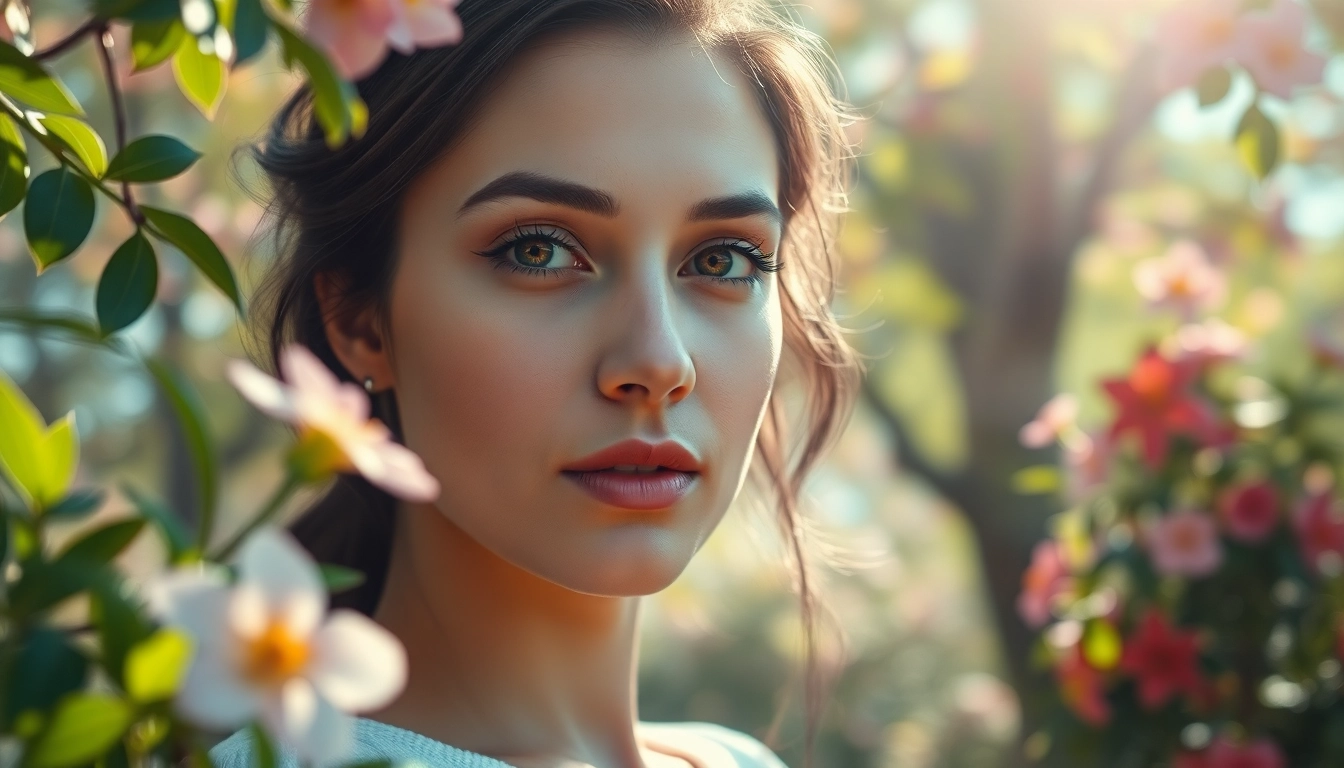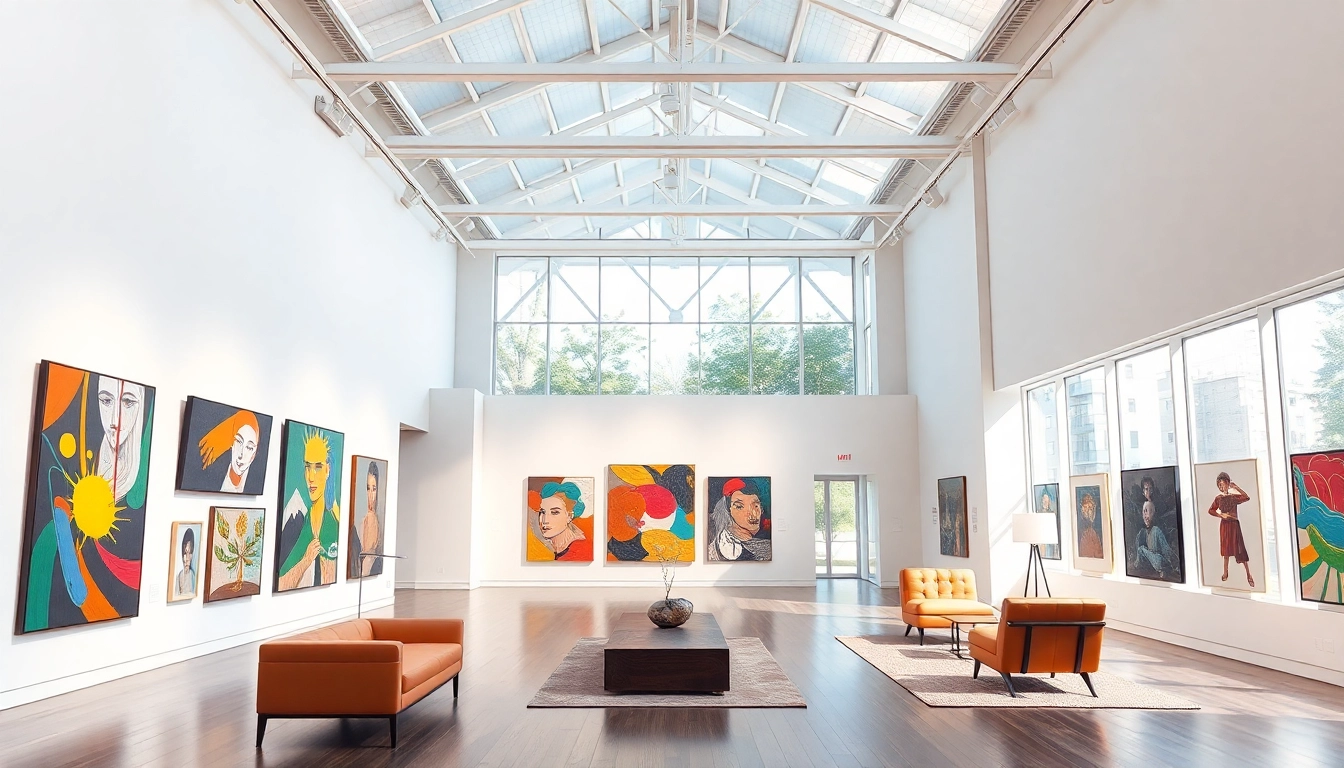
What is Figurative Art?
Definition and Key Characteristics
Figurative art, sometimes referred to as figurativism, is a category of artwork that is rooted in visual references to real-world objects and human figures. Unlike abstract art, where forms are simplified or distorted, figurative art retains a clear depiction of its subjects, allowing viewers to draw connections with reality. Key characteristics include recognizable human figures, animals, and still-life elements, rendered with varying degrees of realism and style.
Historical Background
The development of figurative art traces back to ancient civilizations, including the Egyptians, Greeks, and Romans, who portrayed people and everyday life in their paintings and sculptures. These early depictions often conveyed cultural values and religious beliefs. The Renaissance era marked a significant evolution in figurative art, as artists such as Leonardo da Vinci and Michelangelo employed perspective and anatomy to create more lifelike representations. The movement progressed through various art periods, including Baroque, Romanticism, and Realism, each bringing new techniques and interpretations to figurative representation.
Differences from Abstract Art
At its core, the distinction between figurative and abstract art lies in representation. Figurative art seeks to depict recognizable subjects, often grounded in the human experience, while abstract art prioritizes shapes, colors, and forms that do not necessarily reflect the external world. While both forms can evoke emotion and convey meaning, figurative art often anchors viewers in tangible experiences, allowing them to engage with the subject matter on a personal level, whereas abstract art can challenge perception and encourage individual interpretation.
Influential Movements and Styles in Figurative Art
Classic Figurative Art Movements
Throughout art history, numerous movements have contributed to the evolution of figurative art. The Renaissance, for instance, emphasized realism and humanism, as artists strived to create lifelike representations grounded in nature. The Baroque era followed, marked by dramatic contrasts of light and shadow and emotional intensity in depictions of subjects. Each subsequent movement, including Neoclassicism, Romanticism, and Impressionism, introduced fresh perspectives on taste, technique, and the role of the artist, while still retaining elements of figurative representation.
Modern Interpretations and Trends
In the 20th century, movements such as Expressionism and Surrealism emerged, pushing the boundaries of how figurative art can be interpreted. Artists began to explore the human condition, emotions, and subconscious, leading to more distorted but deeply expressive forms. Today, contemporary artists blend various styles and mediums, often incorporating technology into their practice, leading to new interpretations of figurative art that challenge traditional approaches while resonating with modern themes.
Noteworthy Contemporary Figurative Artists
Many contemporary artists have made significant contributions to the field of figurative art. Artists like Lucian Freud, known for his psychologically charged portraiture, and Kehinde Wiley, who explores race and identity in his works, demonstrate the versatility and relevance of figurative art in today’s society. Their unique approaches and messages inspire a new generation of art enthusiasts to engage with figurative representation on both personal and cultural levels.
Techniques and Mediums Used in Figurative Art
Painting Techniques for Figurative Art
Various painting techniques are employed in figurative art, from classical oil painting methods that allow for depth and texture to contemporary acrylic techniques that enable rapid application and vibrant coloration. Techniques such as chiaroscuro (the use of strong contrasts between light and dark) are essential in creating dynamic, three-dimensional forms. Other methods include glazing, impasto, and wet-on-wet painting, which artists use to bring life and texture to their figures.
Mixed Media and Sculpture Applications
Mixed media plays a vital role in contemporary figurative art, combining traditional techniques with unconventional materials to create multidimensional works that challenge viewers’ perceptions. Sculpture, too, is pivotal, utilizing materials like clay, metal, and stone to represent the human form in three-dimensional space. Artists often blend these mediums to explore various narratives, expanding the boundaries of how figurative portrayals can be experienced.
Digital Approaches in Modern Figurative Art
Digital art has transformed figurative representation, enabling artists to experiment with new tools and techniques. Software programs allow for complex layering and alteration of images, creating unique representations that challenge the traditional concepts of physicality in art. Digital illustrators can manipulate color, form, and texture with unprecedented ease, leading to innovative interpretations of figurative subjects that resonate with contemporary audiences across various platforms.
Figurative Art in Society and Culture
Impact on Contemporary Art Trends
Figurative art continues to play a crucial role in shaping contemporary art trends. As it evolves alongside cultural shifts and societal challenges, artists leverage this medium to comment on pressing issues ranging from identity and race to politics and gender. The resurgence of interest in figurative art can be attributed to its accessibility and relatability, inviting a diverse audience to engage with the narratives presented. Additionally, it provides an emotional connection that transcends mere aesthetics, fostering deeper social discourse.
Role of Figurative Art in Social Commentary
Throughout history, figurative art has served as a vehicle for social commentary. Artists use their work to address social injustices, reflect on human experiences, and provoke thought among viewers. By illustrating the complexities of the human condition, figurative art can challenge perceptions and raise awareness about critical social issues. This role extends into public spaces, where murals and installations often spark dialogue and inspire community engagement around shared experiences and narratives.
Education and Public Perception
Educating audiences about figurative art is vital for fostering appreciation and understanding. Art institutions and galleries often host workshops, exhibitions, and lectures that highlight the significance of figurative representation in art history. These initiatives encourage viewers to delve deeper into the meanings behind the artworks and understand the skills and intentions of the artists. As public perception shifts towards a greater appreciation of figurative art, its role in promoting cultural literacy and contributing to societal conversations becomes increasingly important.
How to Appreciate and Collect Figurative Art
Identifying Quality Figurative Art
When appreciating figurative art, it is essential to consider various factors that contribute to its quality. Look for technical skill, composition, emotional depth, and how effectively the artist conveys a narrative. Engaging with the context of the work—its historical background, the artist’s intentions, and the societal issues it addresses—can enhance your appreciation and understanding. Additionally, evaluating the use of color, light, and form will help you discern the nuances that make a piece truly exceptional.
Tips for Starting Your Collection
Starting a collection of figurative art requires an informed approach. Begin by researching different styles and artists to discover what resonates with you. Visit galleries, art fairs, and exhibitions to gain exposure to various works. Building relationships with artists and art dealers can provide valuable insights and foster connections within the art community. Establishing a budget is also essential; consider both monetary investment and emotional value when acquiring pieces for your collection.
Maintaining and Displaying Figurative Art
Once you begin collecting figurative art, proper maintenance and display are essential for preserving its quality. Ensure that artworks are displayed in environments with controlled lighting and humidity to prevent deterioration. Consider using protective glass for framed pieces and store sculptures in environments that minimize exposure to environmental elements. Regularly revisiting and reassessing your collection allows for appreciating the artworks anew and ensuring that they continue to reflect your evolving tastes and values.






